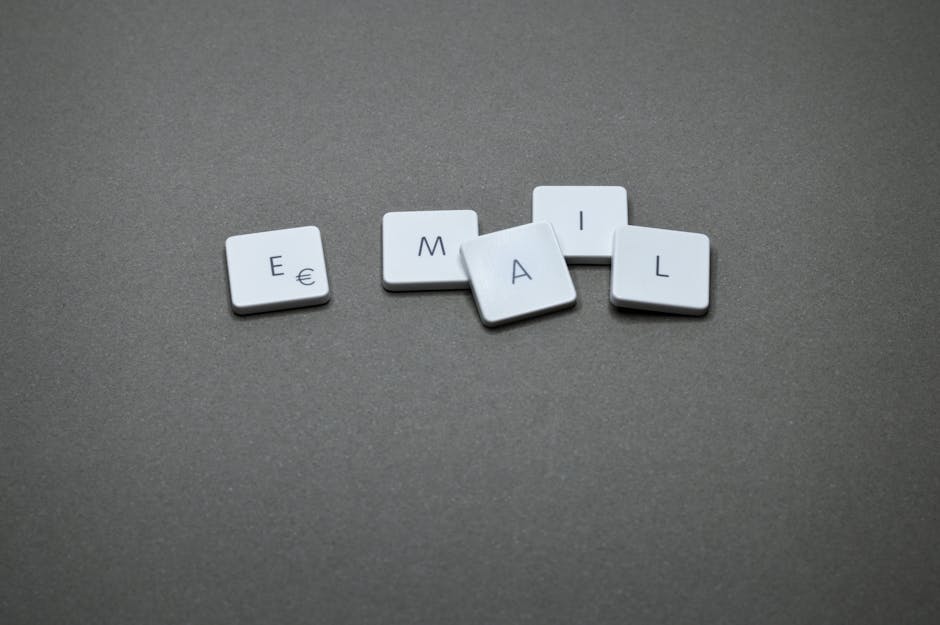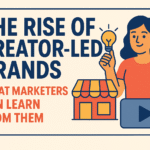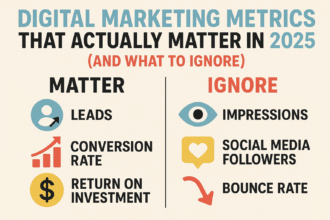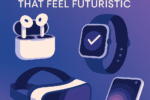Email Marketing in 2025: Advanced Strategies for Higher Conversions
Email Marketing in 2025: Advanced Strategies for Higher Conversions
Email marketing in 2025 is no longer just about sending newsletters—it has become a highly personalized, data-driven, and AI-optimized channel that continues to deliver one of the highest ROIs in digital marketing. With new technologies, evolving customer behaviors, and stricter privacy regulations, businesses must adapt their strategies to remain competitive. In this guide, we’ll explore the most effective advanced strategies to achieve higher conversions and long-term customer loyalty.
The Evolution of Email Marketing
Email marketing has consistently proven its value. According to Statista, email users worldwide are projected to reach 4.6 billion in 2025, and email marketing continues to generate an average ROI of $36 for every $1 spent. However, what has changed is how emails are created, personalized, and delivered. From basic segmentation to hyper-personalization powered by AI, email has become smarter and more interactive.
Why Email Marketing Still Matters in 2025
- High ROI: Email remains cost-effective with one of the highest conversion rates in digital marketing.
- Direct Ownership: Unlike social media platforms, businesses fully own their email lists.
- Cross-Device Reach: Optimized emails engage customers across mobile, desktop, and wearable devices.
- AI Optimization: Advanced analytics ensure that every message is highly relevant.
Advanced Email Marketing Strategies for 2025
1. AI-Powered Personalization at Scale
Artificial Intelligence is transforming personalization. Beyond just inserting first names, AI tools analyze purchase history, browsing behavior, and engagement trends to craft dynamic, individualized experiences. For example, Netflix-style recommendation engines in emails suggest products or services tailored to each subscriber.
2. Interactive Email Experiences
Emails are now interactive mini-websites. Features such as embedded quizzes, product carousels, and in-email checkout systems improve engagement. Research by Litmus (2024) showed that interactive emails increase click-to-open rates by 73%.
3. Hyper-Segmentation with Predictive Analytics
Marketers now segment based on predictive behaviors rather than static demographics. Machine learning models can forecast when a customer is most likely to convert, unsubscribe, or purchase again—allowing for proactive campaign adjustments.
4. Privacy-First Marketing & Compliance
With stricter GDPR updates, California Privacy Rights Act (CPRA), and evolving global regulations, companies must adopt transparent practices. Consent-based marketing, preference centers, and zero-party data collection (data customers willingly provide) are essential to maintain trust.
5. Advanced Automation & Behavioral Triggers
Automated workflows are smarter in 2025. Abandoned cart reminders now integrate cross-channel nudges (email + SMS + push). Birthday campaigns include AI-recommended products, while win-back campaigns analyze churn signals before a customer disengages.
6. Voice & Wearable-Optimized Emails
As smart devices like Alexa and Apple Watch become more common, email optimization extends beyond screens. Brands are testing voice-activated actions in emails, enabling subscribers to add items to carts or RSVP via voice assistants.
7. Real-Time Dynamic Content
Emails now update in real-time. For example, a retail brand can send an email showing live inventory or current weather-based product recommendations. This keeps content relevant even days after being delivered.
Case Studies
Case Study 1: E-commerce Brand Using AI Recommendations
A global fashion retailer applied AI-driven recommendation engines in its email campaigns. Personalized product grids increased conversions by 28% compared to static newsletters.
Case Study 2: SaaS Startup with Interactive Onboarding Emails
A SaaS company embedded tutorials and product tours directly within emails. This reduced churn by 15% during the onboarding phase.
Case Study 3: Hospitality Industry with Real-Time Dynamic Offers
A hotel chain used geo-targeted, real-time offers in emails. Travelers opening emails within 50 km of a property received last-minute discounts. This drove a 22% booking increase.
Best Practices for High-Converting Emails
- Craft subject lines with personalization and urgency.
- Use A/B testing on CTAs, layouts, and send times.
- Keep copy concise but value-rich.
- Ensure responsive design across devices.
- Leverage plain-text style for trust-based campaigns.
2025 Trends Shaping the Future of Email Marketing
- AI-generated copy & visuals – while maintaining human oversight.
- Sustainability-focused content – eco-friendly messaging resonates with Gen Z.
- Blockchain for transparency – improving email deliverability and trust.
- Dark mode optimization – ensuring accessibility and readability.
FAQ: Email Marketing in 2025
1. What makes email marketing effective in 2025?
Email marketing is effective because it combines AI-driven personalization, automation, and interactivity with strong ROI and direct customer relationships. Unlike paid ads, emails are owned channels with long-term value.
2. How does AI improve email conversions?
AI analyzes customer behavior, predicts intent, and delivers hyper-personalized content at the right time. This ensures that each email is relevant, reducing unsubscribes and increasing conversions.
3. What role does privacy play in email campaigns?
Privacy is critical. With stricter regulations, businesses must prioritize consent, offer preference centers, and use zero-party data to build trust while delivering targeted experiences.
4. Are interactive emails worth the investment?
Yes. Interactive elements increase engagement by encouraging subscribers to act directly within the email. This reduces friction and boosts click-through rates, leading to higher conversions.
5. How can small businesses compete with large brands in email marketing?
Small businesses can succeed by focusing on authenticity, niche targeting, and automation tools. Even with limited budgets, personalized storytelling and customer-first strategies can drive impressive results.
Conclusion
Email marketing in 2025 is smarter, more interactive, and deeply customer-centric. Brands that embrace AI personalization, respect privacy, and deliver value-driven experiences will see higher engagement and conversions. Whether you’re a small business or a global enterprise, adopting these advanced strategies will ensure your email marketing remains a powerful revenue driver in the years ahead.
Call to Action: Start reviewing your current email strategy today and integrate at least one of these advanced tactics. The sooner you adapt, the faster you’ll see improved conversions and stronger customer relationships.








